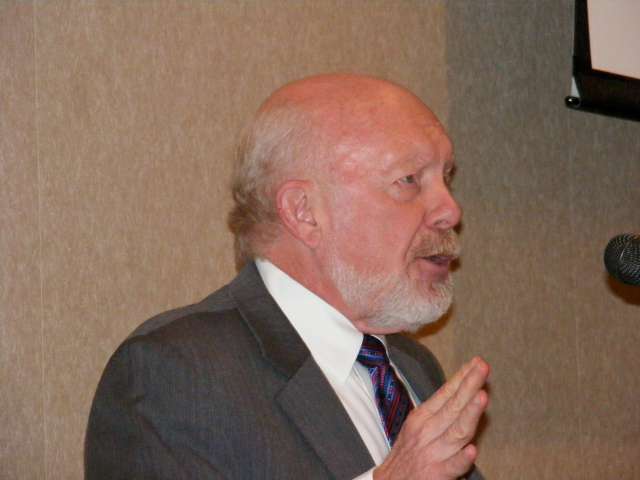U of I Recognizes Advancements in Wheat Research
Published on October 2 2024 8:24 am
Last Updated on October 2 2024 8:24 am
BY RHIANNON BRANCH FarmWeek
An investment by Siemer Milling Co. has improved wheat breeding research at the University of Illinois.
In January, Teutopolis-based Siemer Milling announced a $1 million donation to support wheat-related research over the next five years. The gift led to the creation of the Illinois Wheat Initiative for staff to collaborate on research projects and a professorship currently held by Jessica Rutkoski.
“We are working at a little higher level of intensity because now we have more resources and we are able to hire more people to get more things done,” Rutkoski told FarmWeek.
(RUTKOSKI)

She said they have more research plots this fall and for the first time their program is working on experiments with agronomic management practices.
“We’re looking at different ways to push yields higher. Like different combinations of genetics, growth regulators, fungicides and the impacts of those combinations,” Rutkoski explained. “There are certain things that you can spend a lot of money on, but whether or not it’s going to pay off is another matter, so we’re looking into those questions.”
(RICK SIEMER)

During a stop at Siemer Milling Co. on the University of Illinois Systems Leadership State Tour last week, company President Rick Siemer applauded the early progress of the initiative.
“It’s really great to have this kind of talent and knowledge working on behalf of the wheat industry in Illinois,” Siemer said.
Rutkoski said their annual plot tour in May will be an opportunity for growers to see their work.
“We will also get to have more of those conversations about what we should prioritize,” she said. “It is important for us to know what the research needs are.”
And for farmers who want to be more involved, she recommended participation in the Illinois Wheat Association.
“The Illinois Wheat Association is putting forward a check-off and currently gathering signatures,” she said. “If growers are interested in contributing to future research, that’s something that if that gets passed, there would be a mechanism to do that.”
As farmers begin to plant winter wheat, Rutkoski recommends examining the university’s variety testing booklet and paying attention to the variation in head scab resistance.
“Maybe it’s not possible before planting this year, but in the future look at the data,” she said. “There are still some varieties out there that are susceptible, and it makes a lot of sense to look at that information.”
Following a few years of record state wheat yields, Siemer said he is excited to see how next season’s crop performs.
“We’re very enthused about some of the quality that’s out there,” Siemer said. “We don’t need much progress every year in terms of acres, but we certainly think that a smart agronomic system will include wheat, periodically.”












